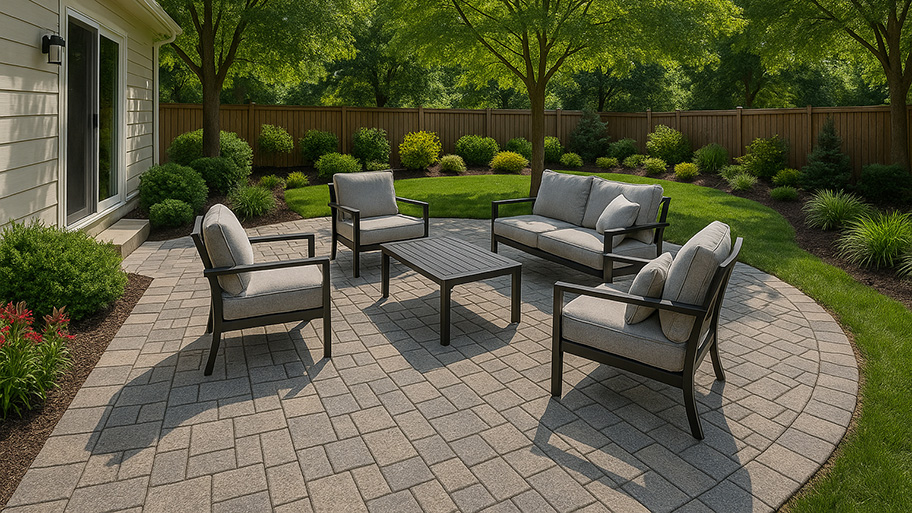
Thinking about installing concrete or brick pavers for a walkway or patio? Learn the cost of interlocking pavers in this informational guide.
Follow the yellow brick road—or whatever color catches your eye—with these beautiful brick patterns


If you’re looking to build a path in your yard, a brick walkway can add charm and style. There are many different styles, patterns, and materials to choose from, and installing patio pavers usually costs between $8 and $25 per square foot.
Here’s a breakdown of the different styles you can choose from to best complement your home and make your property look beautiful.
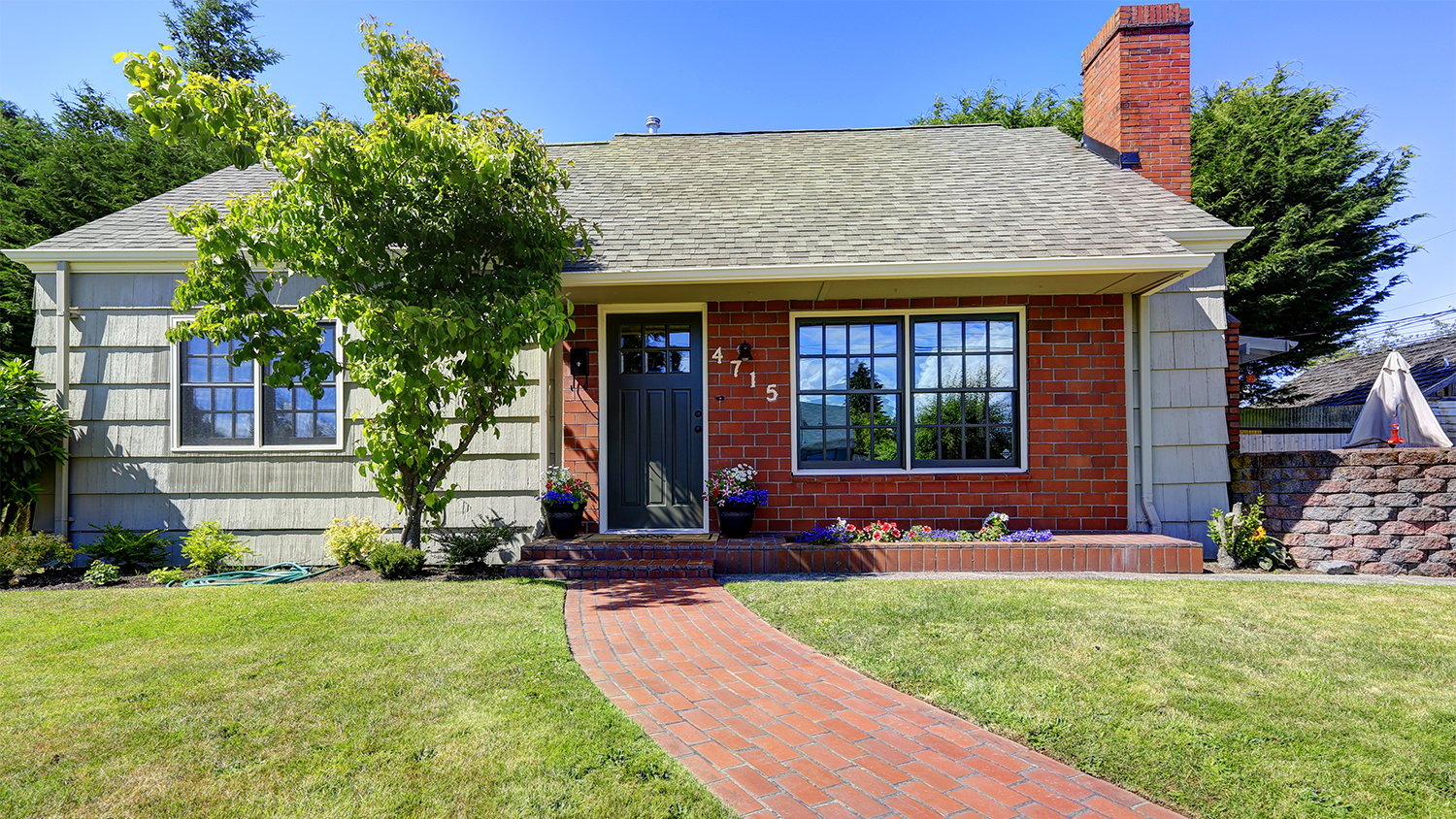
Whether you’re building a brick walkway to your front door or a path out to a backyard patio, running bond is a popular brick pattern for walkways. In this formation, bricks are laid out staggered horizontally.
This pattern option requires minimal cutting, keeping costs and waste low. It’s also a very durable formation, so it's a good option if you get a lot of foot traffic on your path (like from the sidewalk to the front door).

Stack bond is the most visually simple layout for a brick pathway, with bricks placed horizontally with no staggering. This is another low-cost and low-waste option, and since the bricks line up perfectly, there’s no cutting involved unless you need your pathway to fit a certain width. Stack bond pathways are another strong option, so they’re good for areas with high foot traffic.
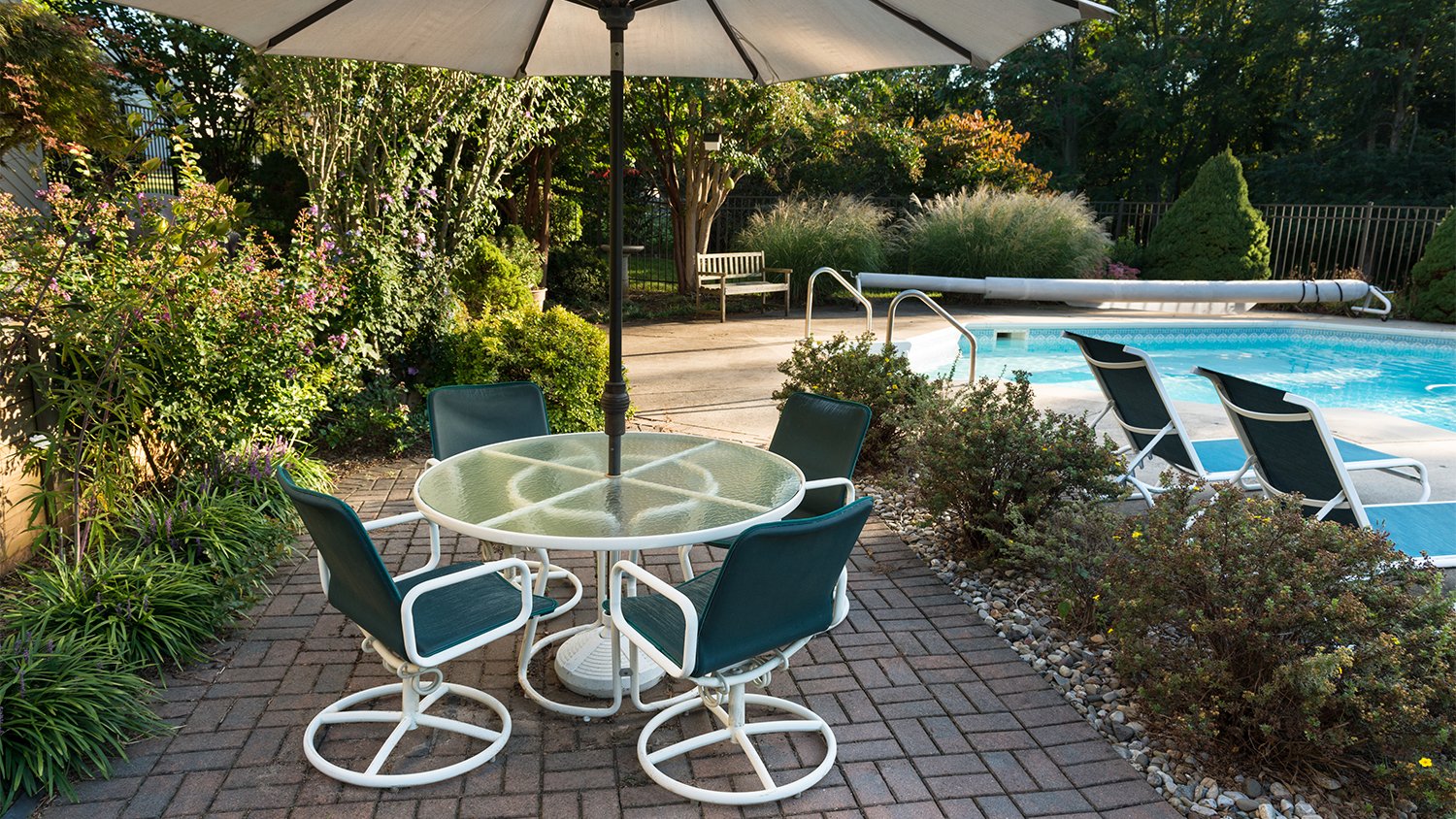
The basket weave pattern is achieved when two bricks are laid down vertically. Then, two bricks are laid down horizontally next to them in a row, so the visual effect looks like a checkerboard (or, as it’s aptly named, a basket weave).
Basket weave patterned walkways have a more interesting look than traditional running bond or stack bond because the bricks look like they’re weaving in and out of each other. This is a popular option for backyard patios or entertaining areas.
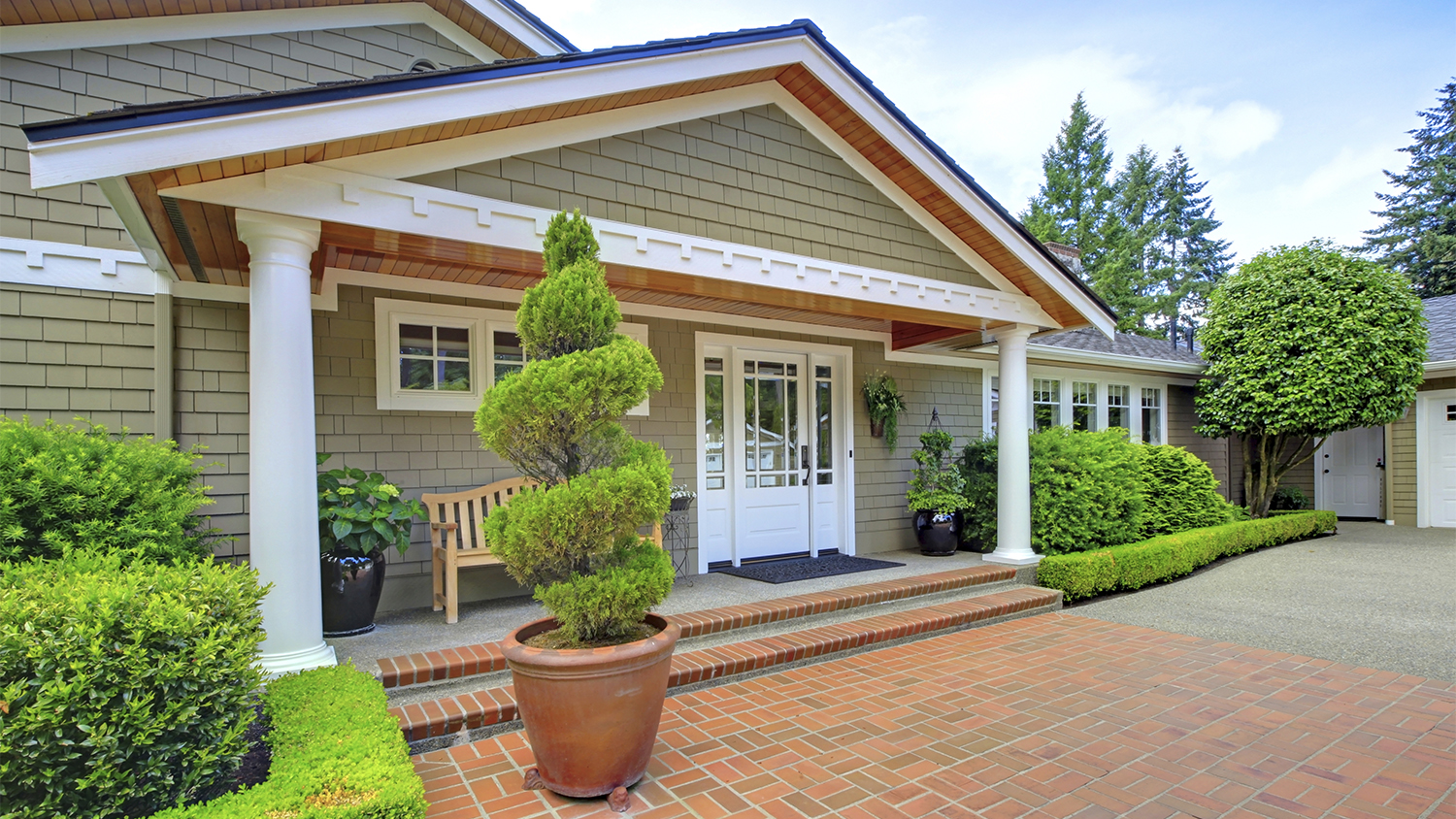
A half basket weave pattern is similar to a traditional basket weave pattern. The blocks consist of two horizontal bricks laid down next to one vertical brick, alternated across the row. The next row has the same elements, except the vertical brick goes first, then the two horizontal bricks, so the overall look is alternating blocks.
While a bit more complicated than the regular basket weave, this is a very visually interesting brick pattern that would make a beautiful walkway in outdoor entertaining areas.
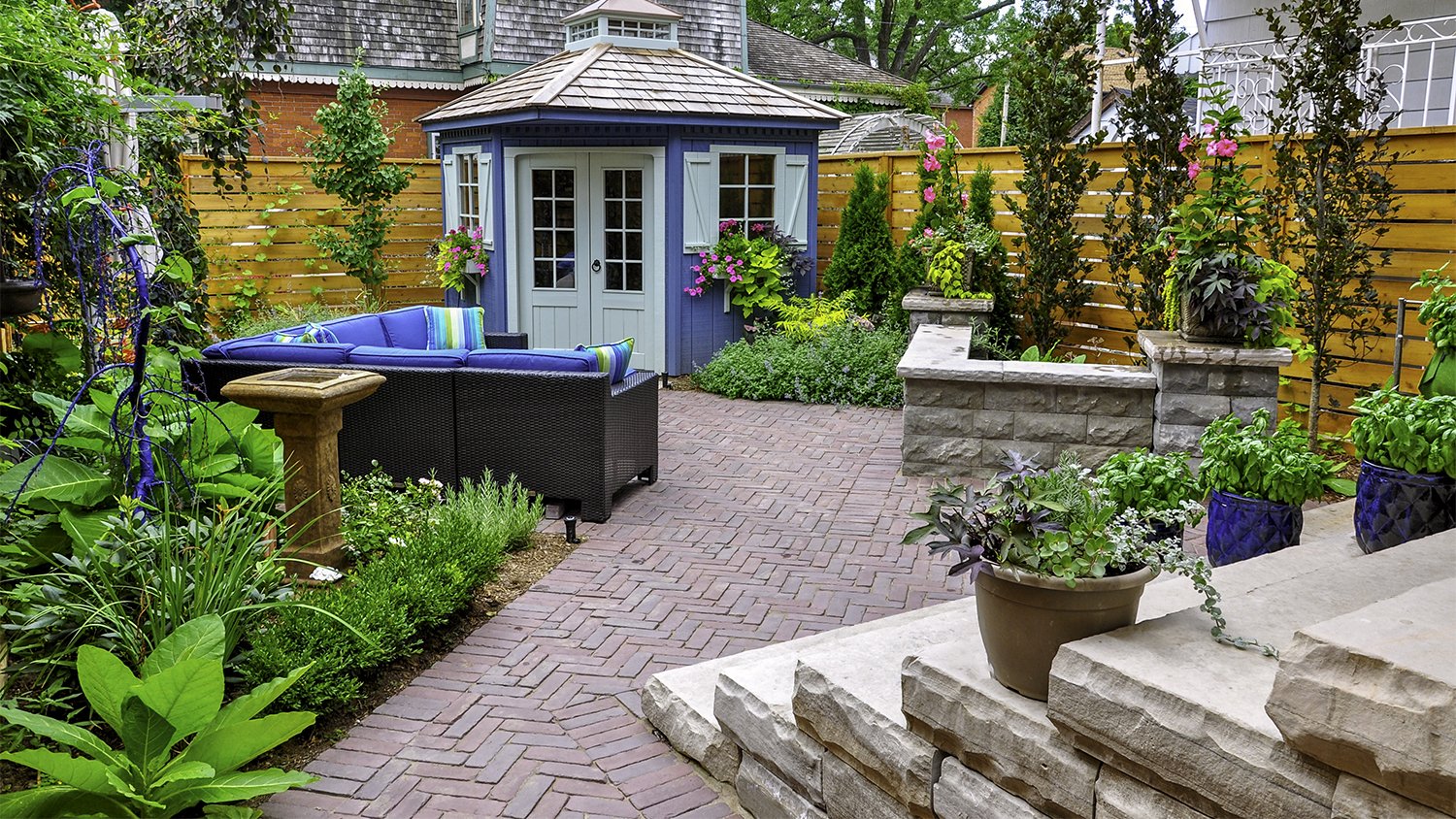
The herringbone pattern was named after the look of bones on a fish. Though in brick form, it may not resemble a fish exactly, it is another visually interesting pattern for a brick walkway.
To create this pattern, you lay down bricks in a zig-zag at 90-degree angles so when viewed from above, it looks like alternating sloped blocks. If you want straight edges on a path for this pattern, you’ll have to cut some of the bricks along the sides.
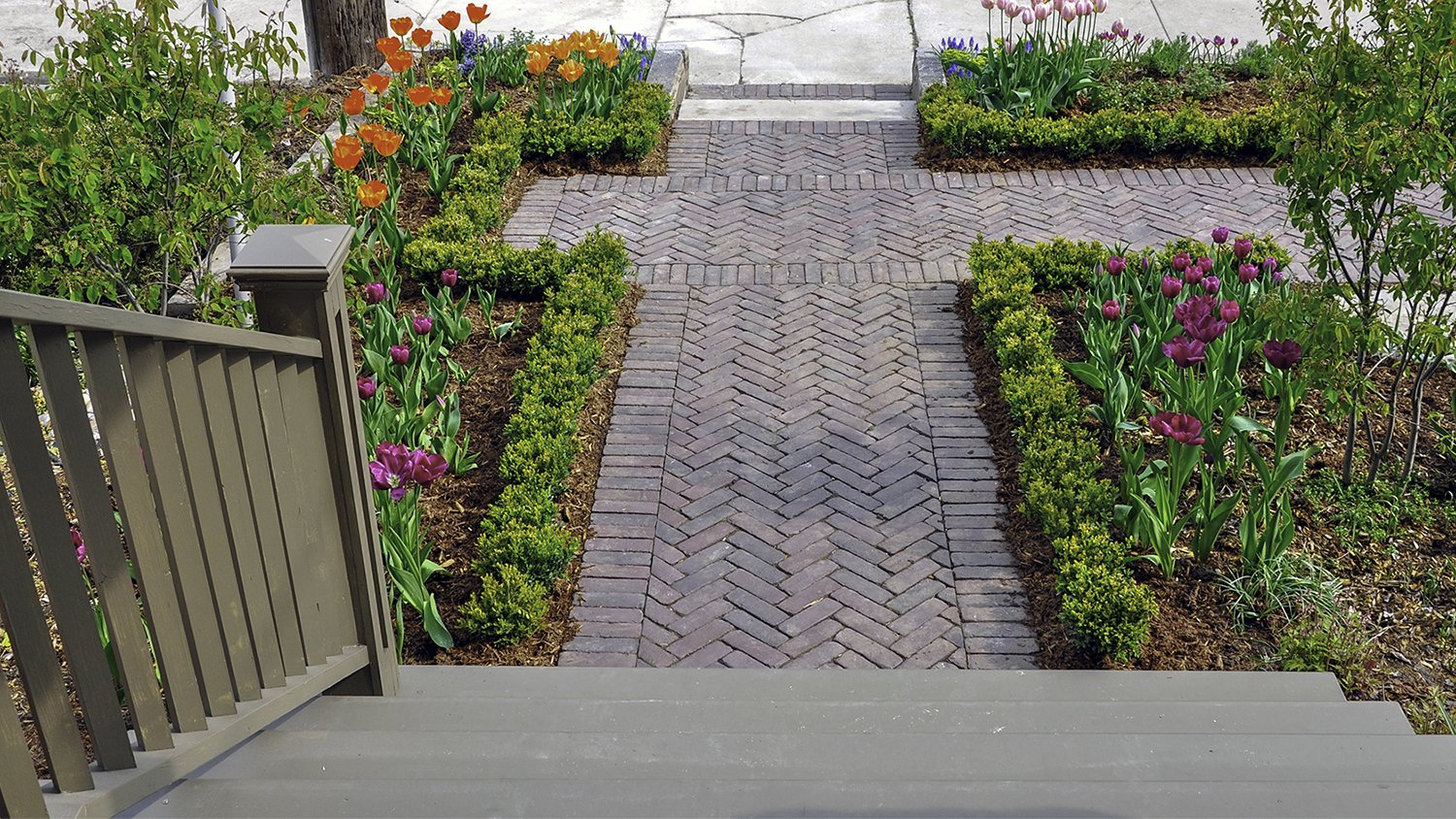
In a bordered herringbone pattern, the bricks are laid out in a regular herringbone formation. Along the sides, a straight border of either horizontal or vertical bricks is added to make a straight edge. Some cutting is required with this pattern because the herringbone pattern needs to line up with the straight bricks without any gaps.
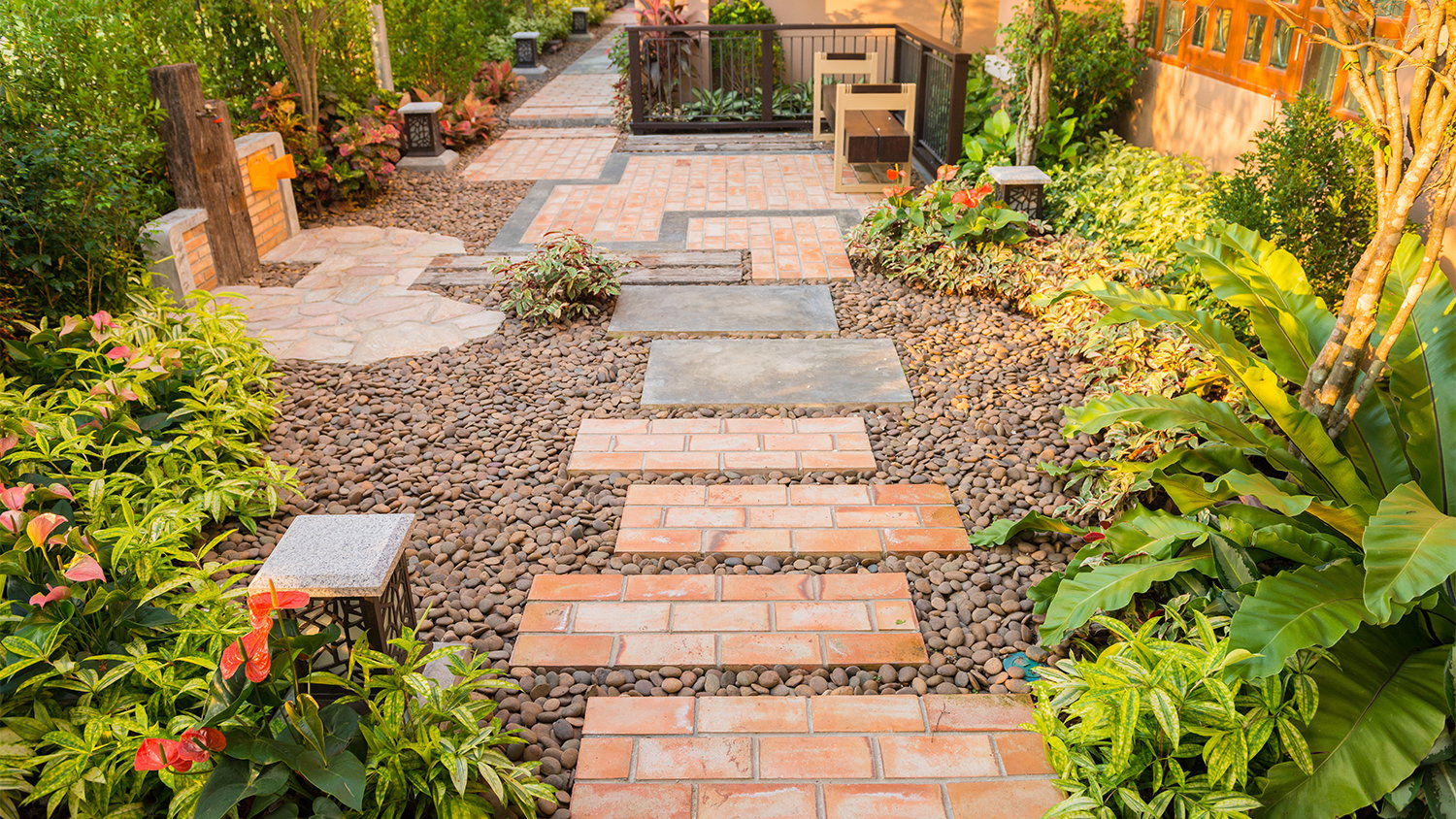
The Flemish bond pattern is one of the oldest styles of brick layout, along with running bond and stack bond. It originated in England, and is achieved by laying rows of alternating headers (the shorter square face of the brick) and stretchers (the longer side of the brick). In this layout, the header bricks are centered between the stretcher bricks above and below.
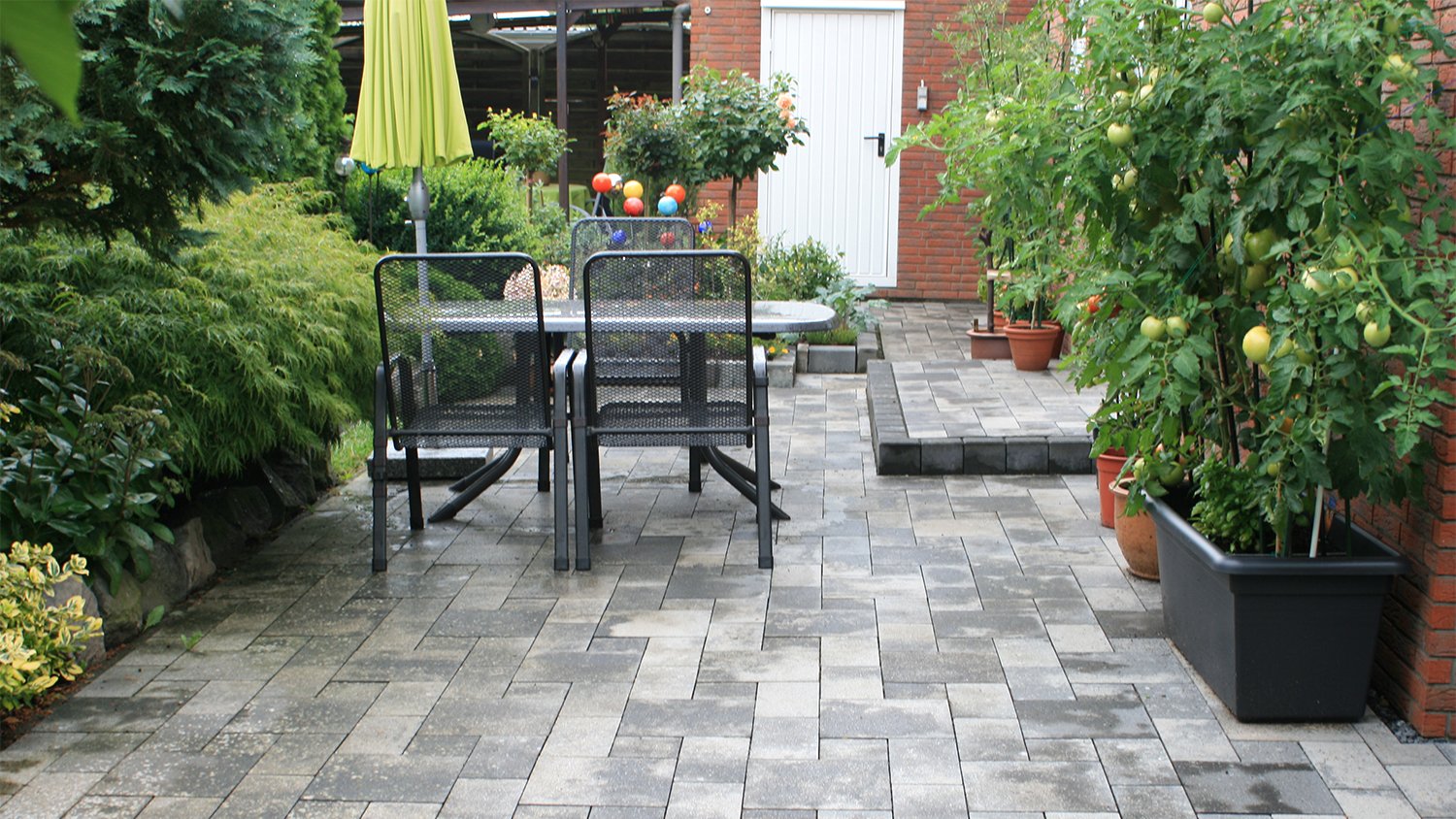
A pinwheel bond layout requires some cut bricks, so unless you have brick cutting skills, this one will require the help of a masonry contractor in your area. This pattern consists of blocks of four and a half bricks.
The half brick is put in the center of the block first. Then, four blocks are laid around the center half-brick, so the visual effect is a pinwheel. You’ll need at least one cut brick for every two blocks to achieve this brick walkway pattern.
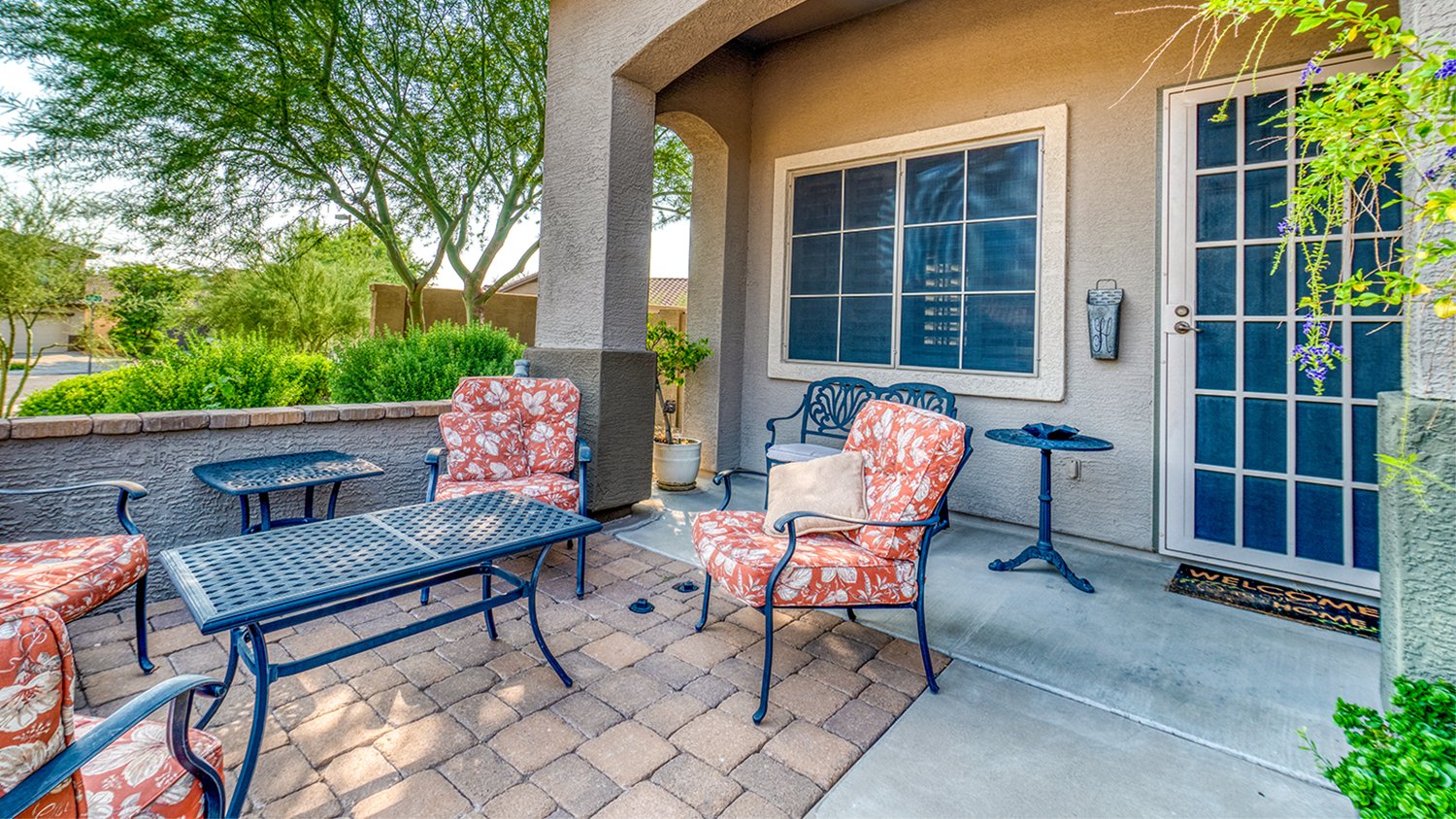
Grid block layouts require not just bricks, but wood or other materials to lay out sections throughout the pattern. Each section consists of a design of the homeowner’s choice, usually a basket weave pattern with three rows and three columns per section to form a perfect square. Some builders opt for pinwheels or stack bond designs in each section.
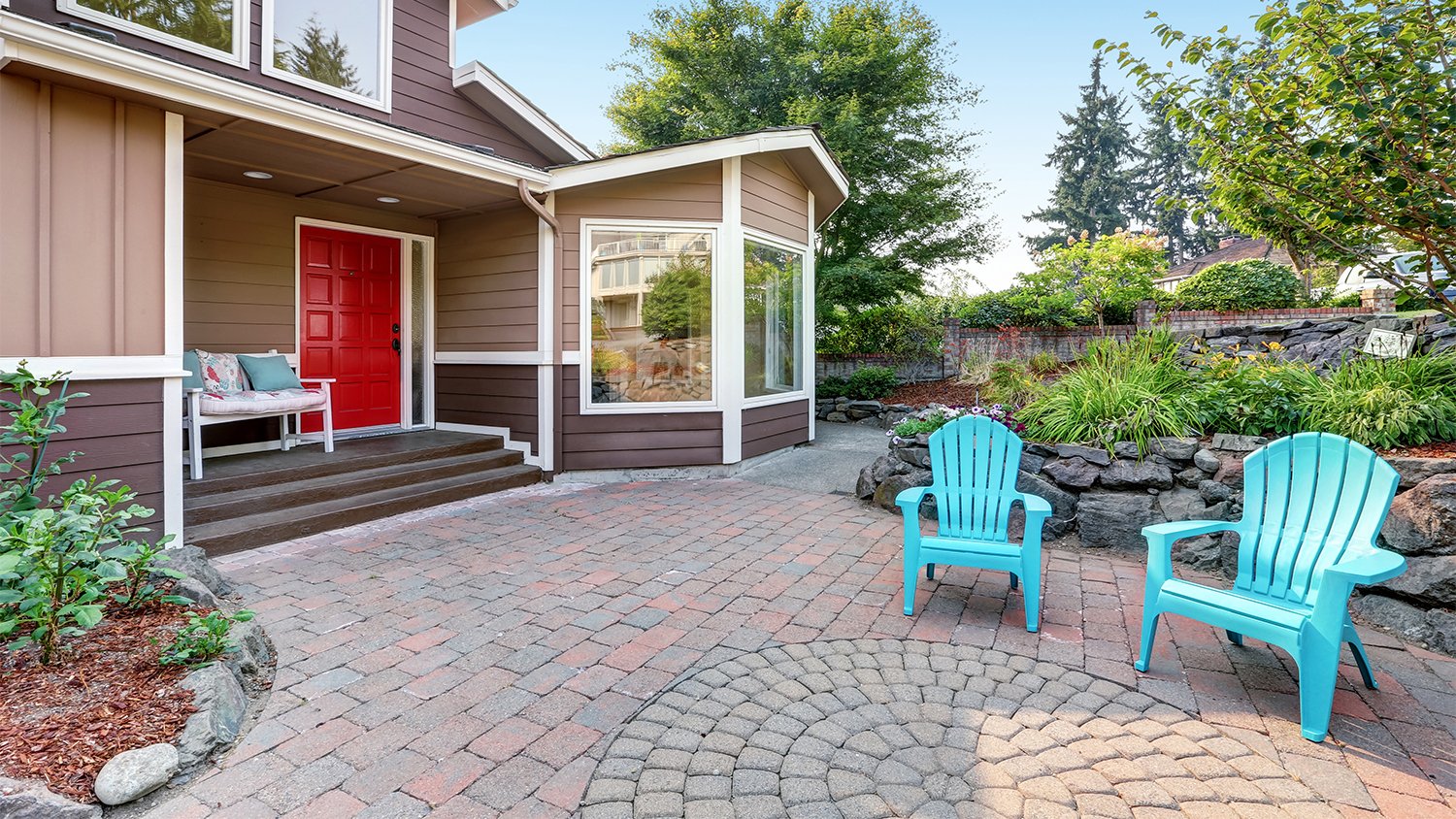
A whorled brick layout is complicated and, therefore, may be a time-consuming project. There is usually one brick header in the center, with a circular design of stretchers radiating outwards in increasingly larger circles.
To fill in the gaps, bricks that are cut into wedges are inserted between the stretchers. While very visually interesting, this is a complex brick walkway pattern that may be a more expensive option.
In addition to brick, there are a variety of other walkway types worth considering, each offering a unique look and price point.
Concrete Pavers: Concrete pavers are durable and easy to install. They come in many different shapes, sizes, and colors. They can even mimic the look of brick, offering a more cost-effective alternative to a real brick walkway.
Natural Stone: Stone walkways can comprise materials like slate, bluestone, or flagstone. They’re more expensive than many other walkway types, and due to their natural but irregular shapes and sizes, they typically require professional installation.
Gravel: Gravel is an affordable walkway option that provides excellent drainage and a rustic look. However, gravel walkways often require more maintenance than other types to ensure the gravel remains full and contained.
Wood: Wooden walkways provide a warm and organic touch to garden paths and other outdoor settings. However, they must be maintained regularly to prevent rot and other weather damage since wood isn’t as durable as many alternatives.
There are several types of professionals that can handle brick landscaping. Landscape architects can help you design the overall layout and aesthetic of the project, ensuring that the brick patterns complement your home and garden. Landscape designers can also help you execute this project, though they don’t have as much training as landscape architects. Landscape architects typically cost around $70 to $150 per hour, while designers cost between $50 and $150 per hour, so their prices are comparable.
If you’re working on a broader home remodeling project, many general contractors will simply coordinate the installation of your brick walkway for you by hiring masonry experts as part of a larger package.
Everyone knows how hard it is to find excellent trades! In a pinch, Kwincii was super responsive, quick to my aide, professional, and personable. Super knowledgeable and explained his craft. He will be my first and only call from here on out.
James was amazing! He is a good communicator and did the job fast and efficient. Cleaned up afterwards and was super friendly! Would recommend to anyone
Efficient, fast, professional, and courteous. Initially I was going to use Rotor Rooter's recommended restoration until I realized they were trying to exploit the situation with up-selling and unnecessary work. True North gave an accurate and fair assessment and got the job completed.
Easy to work with and quick to respond to calls and texts.
GMM Concrete was a great concrete contractor to work with. Naro always took time to discuss my project and plan together and his team was always on time for planned work. The GMM team completed my concrete foundation project and the work was very high quality and they left the work area...
Steve was professional and friendly and took the time to explain the repairs he made.
After having wirenut reschedule me three times in three weeks, I got on Angies List. That very day American Electrician contacted me and came out the next morning and did the deed. A big old sigh of RELIEF. Thank you Company and Phillip!!
Lee uses great quality material and loves to weld! He communicated very well during the project. He was on time, on budget, and very pleasant to work with.
Cameron was excellent and very helpful. The dumpster was cleaned when it arrived. He also steered me towards Urban Recycling who takes mattresses and bedsprings. I would use his company again.
David and his crew were incredibly professional and kind. They got the job done in the time they said and the quality of work is great. And even when there were unexpected things they were always ready to help find a solution that was within budget and made our vision come true. Would...
From average costs to expert advice, get all the answers you need to get your job done.

Thinking about installing concrete or brick pavers for a walkway or patio? Learn the cost of interlocking pavers in this informational guide.

Looking to elevate your backyard aesthetic with a patio? Use this paver patio cost guide to help you estimate your total project cost before you get started.
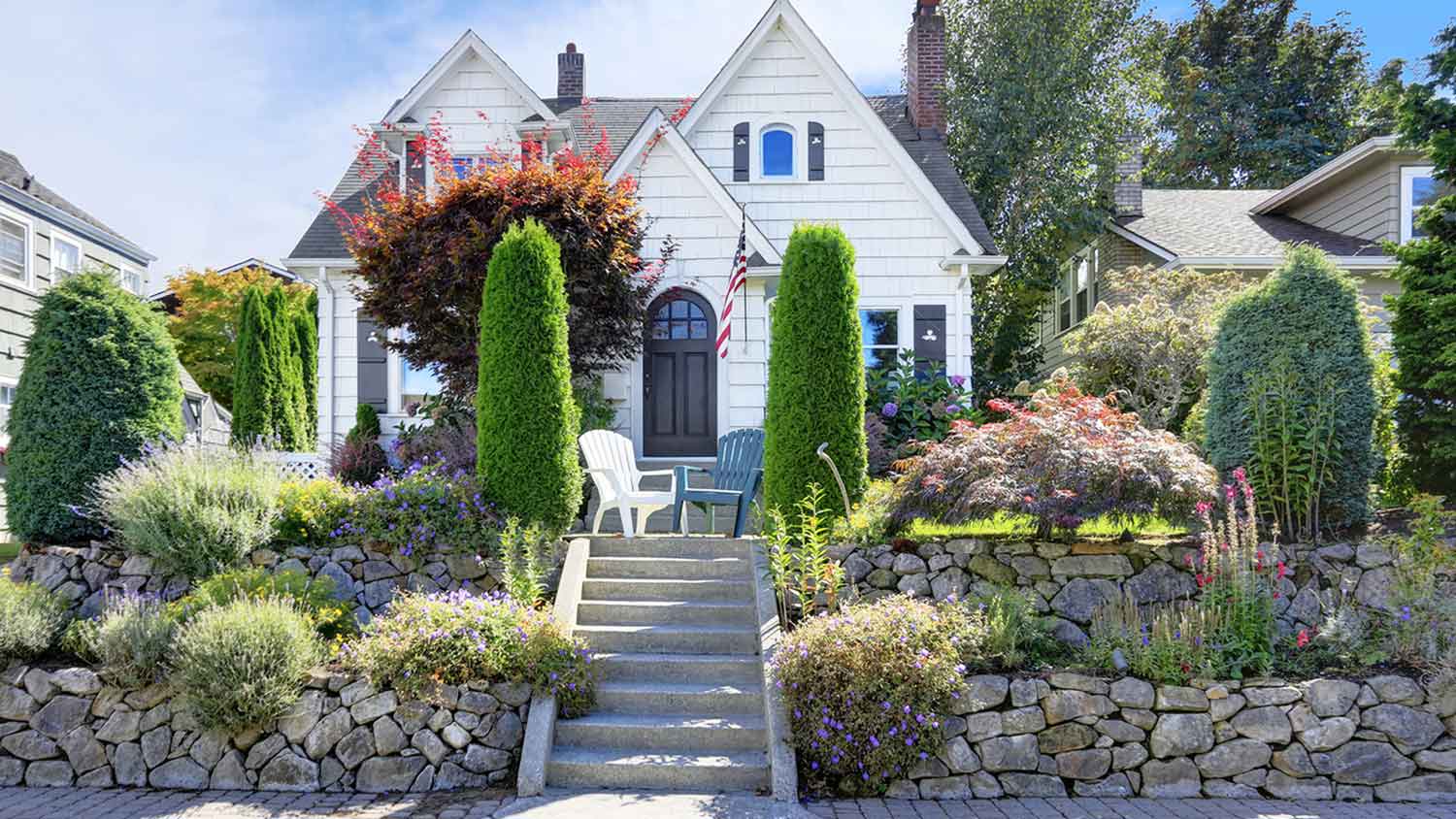
Retaining wall repair cost can vary widely based on the age and condition of the wall being restored. Learn why finding the right pro is important for getting the job done.
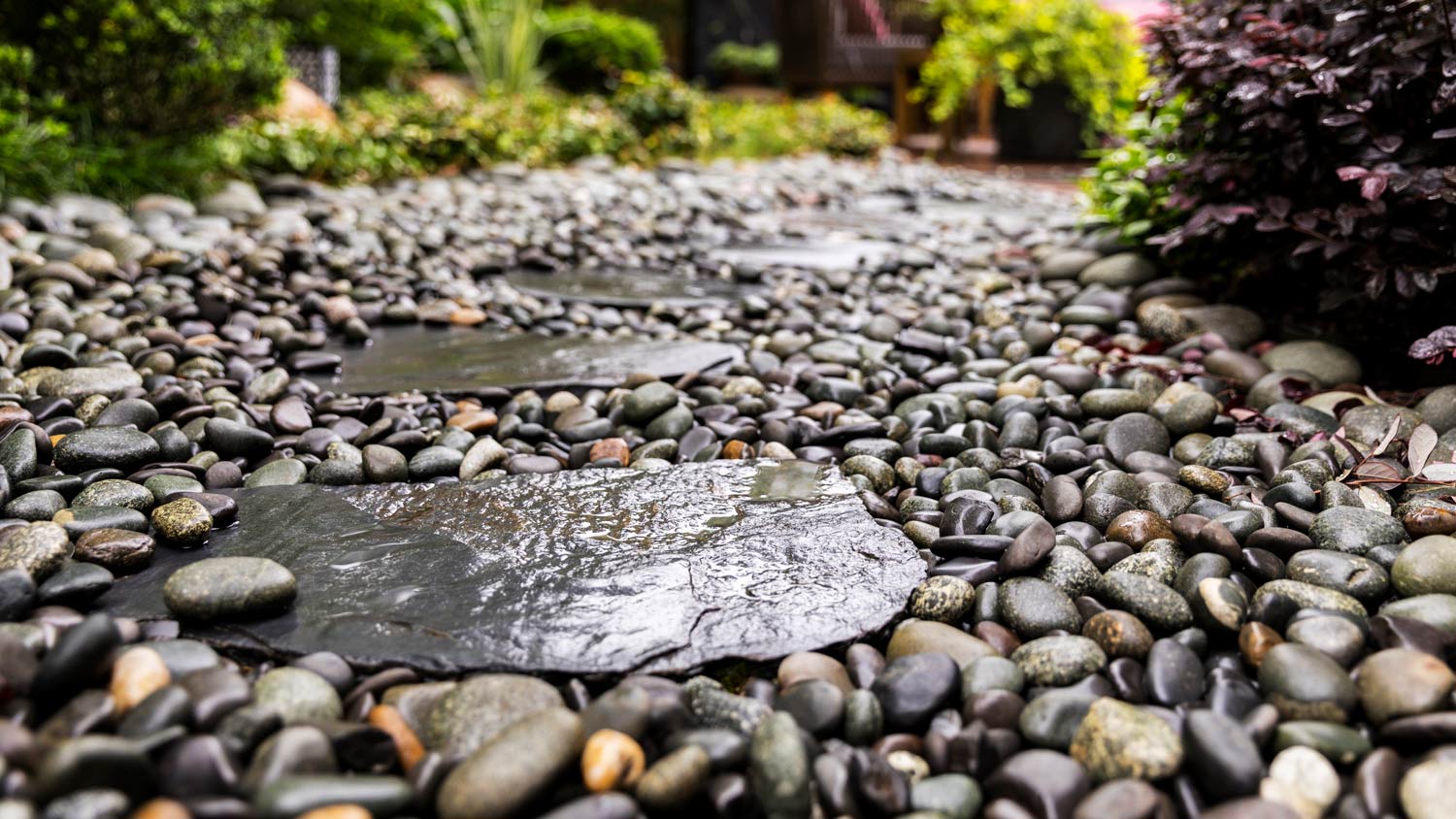
How much pea gravel do I need? This calculator will help you determine quantity and cost for accurate budgeting for your project.

Adding certain types of hardscape features can add value to your home. These are the projects that will get you the biggest return on your investment.

Replacing a retaining wall or installing a new one after grading? Here are some retaining wall questions you should be prepared to answer when hiring a pro.